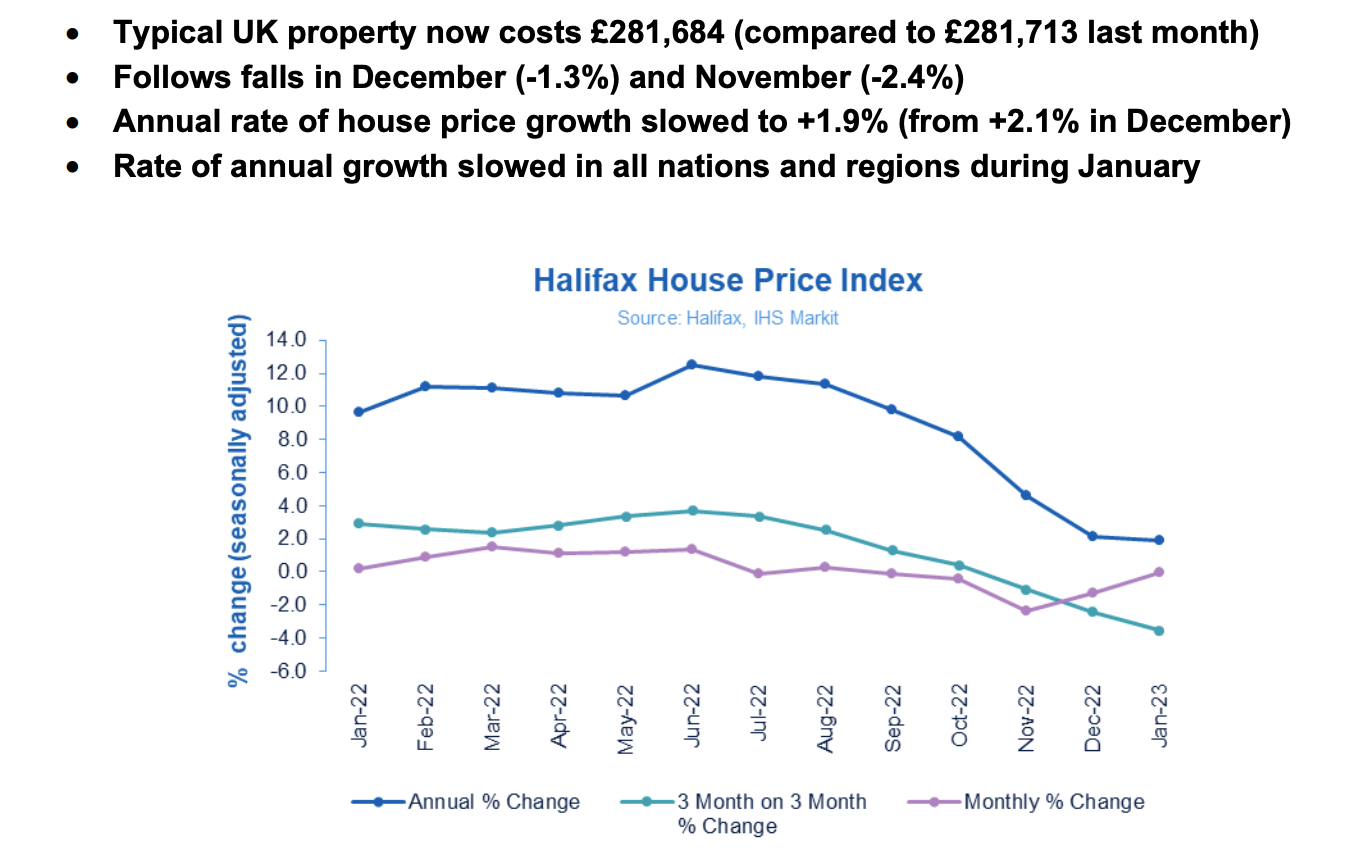
Loft Conversion – the Environmentally Friendly Choice
In his 2013 book Loft Conversions, 2nd Edition, researcher and loft conversion writer John Coutts stated that,
“Since 1990, roof space conversions have increased UK housing capacity by more than 200 million square feet – a living area equivalent to a medium-sized city – without the loss of a single square foot of greenfield land.”
The environmentally friendly choice
John Coutts’ book was published a decade ago, since when loft conversions have become increasingly popular. Imagine if, for every converted loft, an extension had been built instead, taking all or part of a garden away. Trees cut down, flower beds and lawns dug up. Consider too how the neighbourhood is affected with every extension; the outlook from homes, the reduction in safe play spaces for children, areas for people to enjoy tending a garden, perhaps growing their own vegetables. Or imagine the demand for a larger homes had prompted even more new home building over fields and open land, even more affordable housing taken away and converted into luxury residences. Not great for the environment or for lifestyle
The eco-friendly credentials and potential environmental benefits of converting your loft cannot be overlooked. Many people take the opportunity of having work done on their roof to consider installing sustainable energy producing products such as solar panels. On the whole the insulation in UK homes not as good as it could and should be, particularly roof insulation. A loft conversion project is the ideal way to look at how effectively your home is insulated, creating a cosy top floor that lowers your carbon footprint ongoing, and benefits the rest of the house as well.
The UK government has committed to reducing greenhouse gas emissions to ‘net-zero’ (i.e. at least a 100% reduction on current levels) by 2050. Insulating your house effectively helps contribute towards that target.
Heat loss in British homes
In a typical British home up to one third of the heat produced by central heating systems is lost through the roof, walls, floor and windows. For a poorly insulated property, this means that £1 out of every £3 spent on energy is wasted.
The UK Energy Saving Trust says that:
“A quarter of heat is lost through the roof in an uninsulated home. Insulating your loft, attic or flat roof is an effective way to reduce heat loss and reduce your heating bills. Installed correctly, loft insulation should pay for itself many times over in its 40-year lifetime.”
When you’re converting the loft, there are minimum requirements as far as insulation goes. But it’s a good idea to invest a little more for a lot more return and energy efficiency, by exceeding these minimum insulation requirements.
“Many loft conversion companies will just put in the required minimum amount of insulation but it’s a good idea to ask for more insulation. Increased insulation can protect your loft conversion from extremes of temperature, save on energy bills and provide additional sound proofing.” (Energy Saving Trust)
When there’s less heat leaving your home through the loft and roof into the environment, you’ll be warmer in the loft, warmer downstairs, and you’ll save on your heating bills as well.
Environmentally friendly
Having your loft converted is already an environmentally-friendly act. By maximising your existing living space you’re turning empty, cold space into an energy-efficient useable part of your home. Rather than increasing demand for housing, by turning the home you already have into the house you need, a little pressure is taken off the UK housing crisis. You might not know it, but we do have a housing crisis here in Bristol.
Sustainable and Reclaimed materials
As much as possible, choose sustainable materials for your loft conversion. Materials are considered sustainable when they are derived from natural or recycled sources, and when energy-efficient processes are used to produce products that are completely biodegradable at the end of their useful life.
You can also find excellent sources of reclaimed or recycled building materials. Here in Bristol we have a good selection. You could try Rose and Green Tiles & Reclamation and Bristol Wood Recycling Project to start!
Investing in your Bristol property in 2023
In 2022 Bristol was the fourth most searched for city by buyers on the popular property search website Rightmove.
Predictions are that there could be a property market crash in 2023. The economy is certainly changing with property prices on a decline since the same time last year. Kim Kinnaird, Director of Halifax Mortgages, said,
“The start of 2023 has brought some stability to UK house prices, with the average house price remaining largely unchanged in January at £281,684, a very small decrease on December. This followed a series of significant monthly falls at the end of last year (-1.3% in December and -2.4% in November).
Loft conversion popularity on the rise
Searches on Google for ‘loft conversions’ are up this year already and are much higher than searches for ‘house extension’ (loft conversion blue, house extension red. Source, Google Trends)

The right choice is a loft conversion
Given the current economy and predicted dip in house prices, if you already own a house in Bristol, the best move is not to move. Think about investing in your house by converting your loft. More space, great views, a warmer home and perhaps that home office you’ve been thinking about since lockdown?
Trusted Bristol loft conversion specialists
For a free, no obligations assessment and estimate, get in touch with Jon Pritchard today. We’ve been trusted by hundreds of Bristol home owners like you.
Not sure? Head over to our Which? Trusted Traders page to read some of our customer testimonials. You’ll find reviews on our Facebook page too.
We’re looking forward to Helping You Move Up.



Leave a comment
You must be logged in to post a comment.